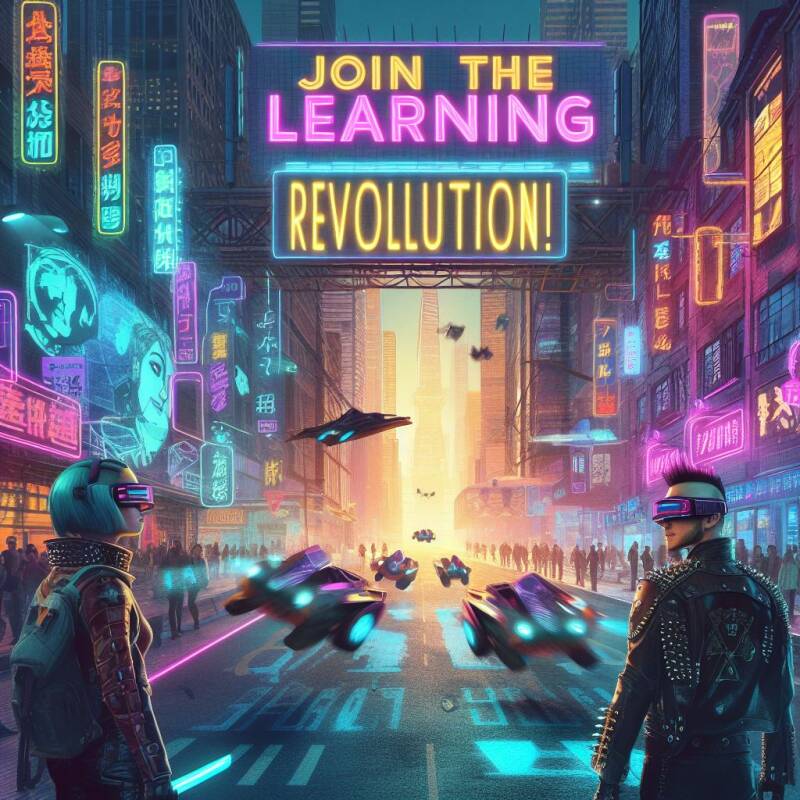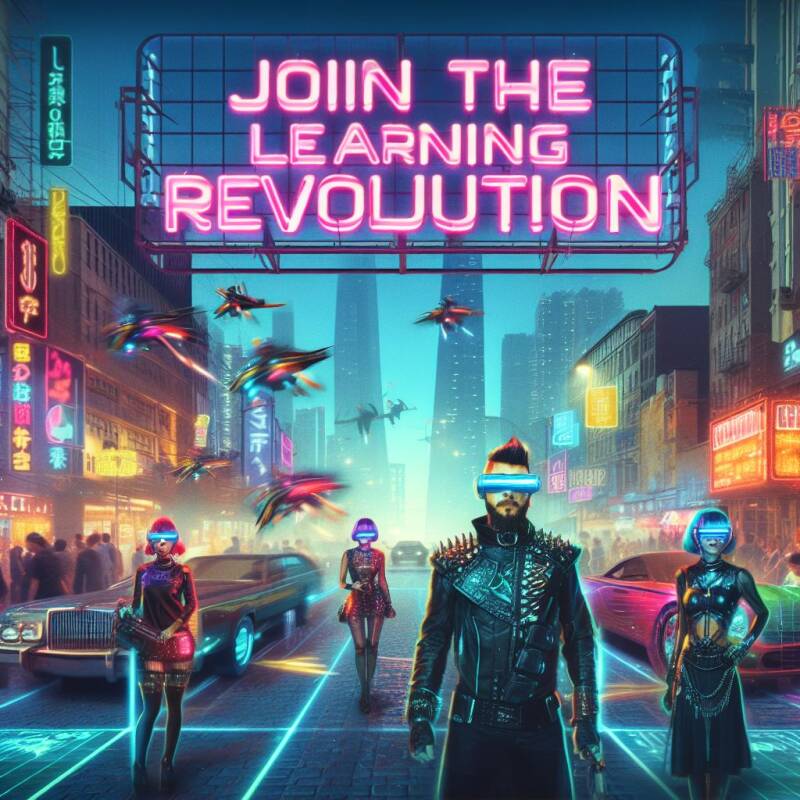My reply:
As someone who teaches game design, I have a passion for creating inspiring learning environments for my students. I firmly believe that each student possesses talents and interests and it is crucial to provide them with the opportunity to learn in a way that holds meaning for them.
Conventional educational systems often prioritize uniformity and standardization. They expect all students to acquire knowledge at a pace that disregards their needs and interests. This approach can result in feelings of boredom, frustration, and disengagement.
On the contrary, game design naturally lends itself to personalized and motivating learning experiences. Games are inherently creative and captivating making them tools for teaching subjects such as math, science, history, and language arts.
When students engage in designing games they are empowered to choose their topics, develop their ideas and solve their own challenges. Moreover, they have the opportunity to learn from their mistakes and refine their designs through trial and error—a process that's fundamental for growth.
Furthermore, game design fosters collaboration as it often involves teamwork where students work together to create and construct games. This collaborative aspect helps them develop skills, like communication, problem-solving abilities, and teamwork dynamics.
Here are some ways I create an inspiring learning atmosphere, in my game design classroom;
I give students the freedom to choose their own learning paths and pursue their personal interests. Then imposing a curriculum I offer various resources and support assisting them in setting their own learning objectives.
I create an environment that encourages experimentation and risk-taking. I understand that students learn best through making mistakes and gaining knowledge from them. To create a supportive space I ensure students feel comfortable taking risks and exploring ideas.
I provide opportunities for students to learn from one another. Recognizing that learning is an endeavor I frequently assign team projects where students collaborate in designing and constructing games. This approach helps them develop skills like communication, problem-solving and teamwork.
I incorporate game-based activities into my teaching across subjects. Games serve as tools for engaging students while facilitating learning experiences. By utilizing games I can teach subjects such as math, science, history, language arts, among others.
My focus lies in nurturing students' creativity and problem solving abilities.
I strongly believe that possessing these skills is crucial for succeeding in today's world. My teaching approach aims to provide students with opportunities to unleash their creativity and tackle problems using innovative methods.
In my opinion game design serves as the conduit for inspiring learning experiences. Games offer a platform that's both imaginative and collaborative making them an ideal tool for teaching a range of subjects while equipping students with the necessary skills to thrive in the 21st century.
When considering how Sir Ken Robinsons' videos and the RSA Animate have influenced my teaching philosophy their impact has been truly profound. They have forced me to reevaluate my approach to education, placing emphasis on creating a learning environment that is genuinely tailored to each student's needs and provides motivation.
Sir Ken Robinson eloquently argues against the limitations of our system, which he believes overly focuses on linearity and standardization. According to him, this system fails to meet the demands of today's world. Instead, he advocates for a revolution that nurtures students' creativity and problem-solving abilities.
The RSA Animate video on motivation underscores the significance of autonomy, mastery, and purpose. It convincingly suggests that these three factors are vital not for achieving performance but also, for personal fulfillment.
I've really taken Robinsons and the RSA Animates messages to heart. I'm fully committed to establishing a setting that is tailored to each student, inspiring and centered around nurturing their creativity and problem-solving abilities. I genuinely believe that this approach is the way to prepare our students for a successful future.
In conclusion
Creating motivating learning environments is crucial for ensuring student success. Game design serves as a tool in crafting environments. By empowering students with independence, sparking their spirit of experimentation and providing opportunities for collaboration game design educators can effectively cultivate students' creativity, problem-solving skills, and ability to work well in teams. All qualities, for their growth and achievement.


Add comment
Comments